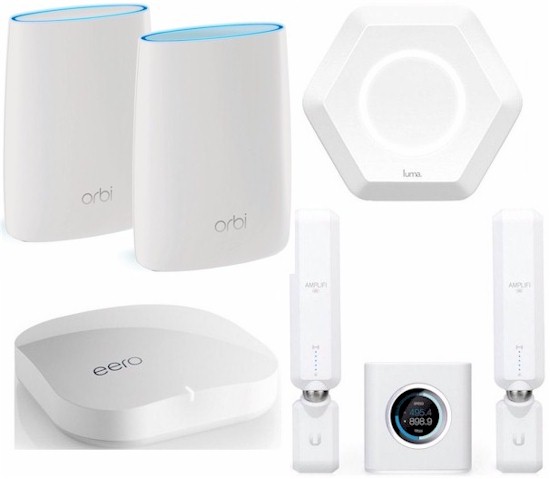Pablo Salvador
New Around Here
Hi! Very complete set of tests. My only concern and doubt is regarding the difference results between the downlink and uplink throughput in the tests? Are you using a different ISP plan for uplink and downlink? Thanks for such an amazing work.When we ran our mashup tests on NETGEAR's Orbi, the winning product was very clear.
Read on SmallNetBuilder

